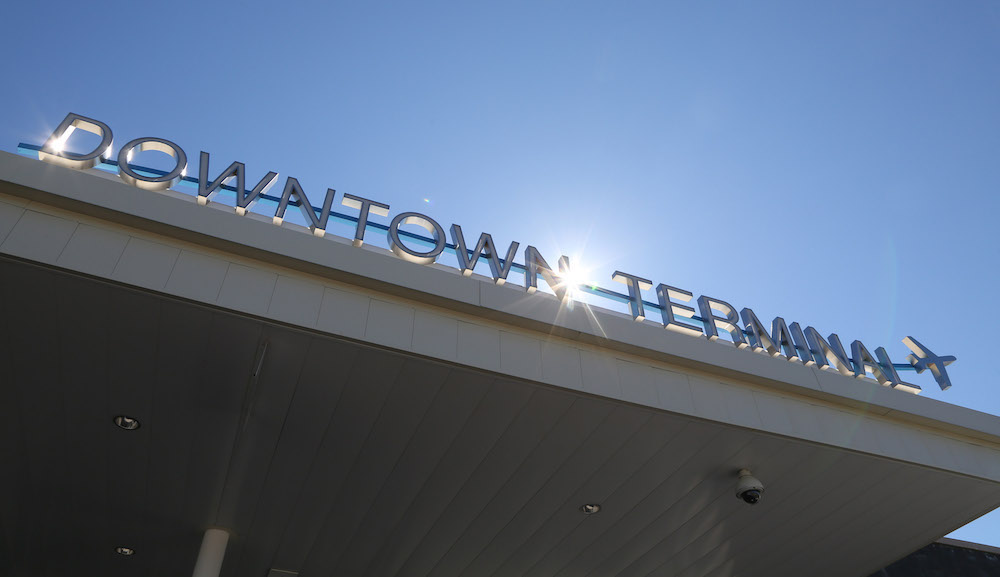WHY ALABAMA
Transportation Gateway
Why Alabama
Alabama Wants to Help
You Go Places
Alabama’s transportation infrastructure includes six interstate highways, seven commercial airports, five Class I railroads, multi-modal services and facilities, one of the nation’s largest inland waterway systems, and a deep-water seaport.
Go the distance
Alabama’s Modes of Transportation
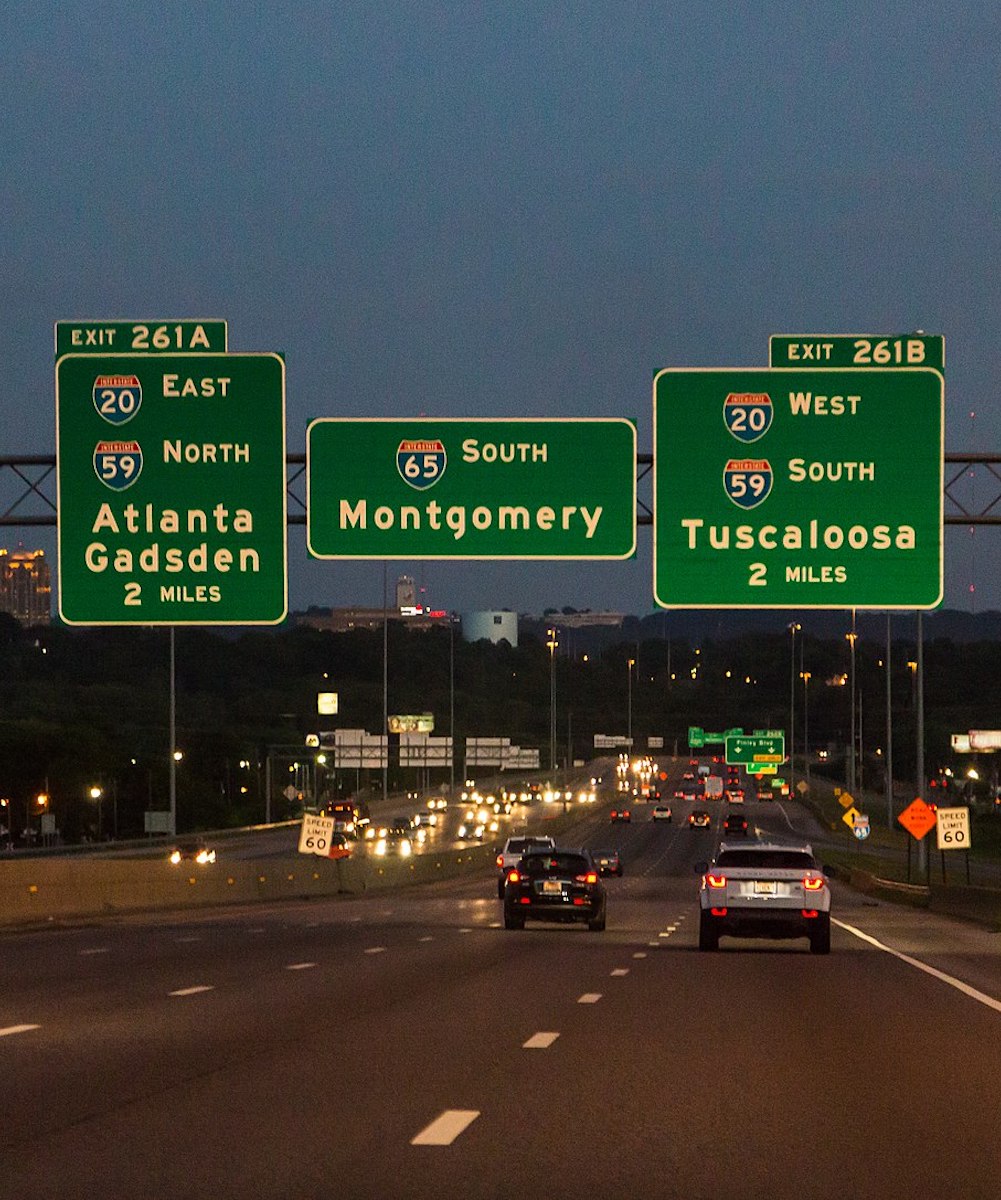
Roads
I-10, I-20, I-59, I-85, I-65, and I-22 form a highway network in Alabama, allowing easy access to major markets.
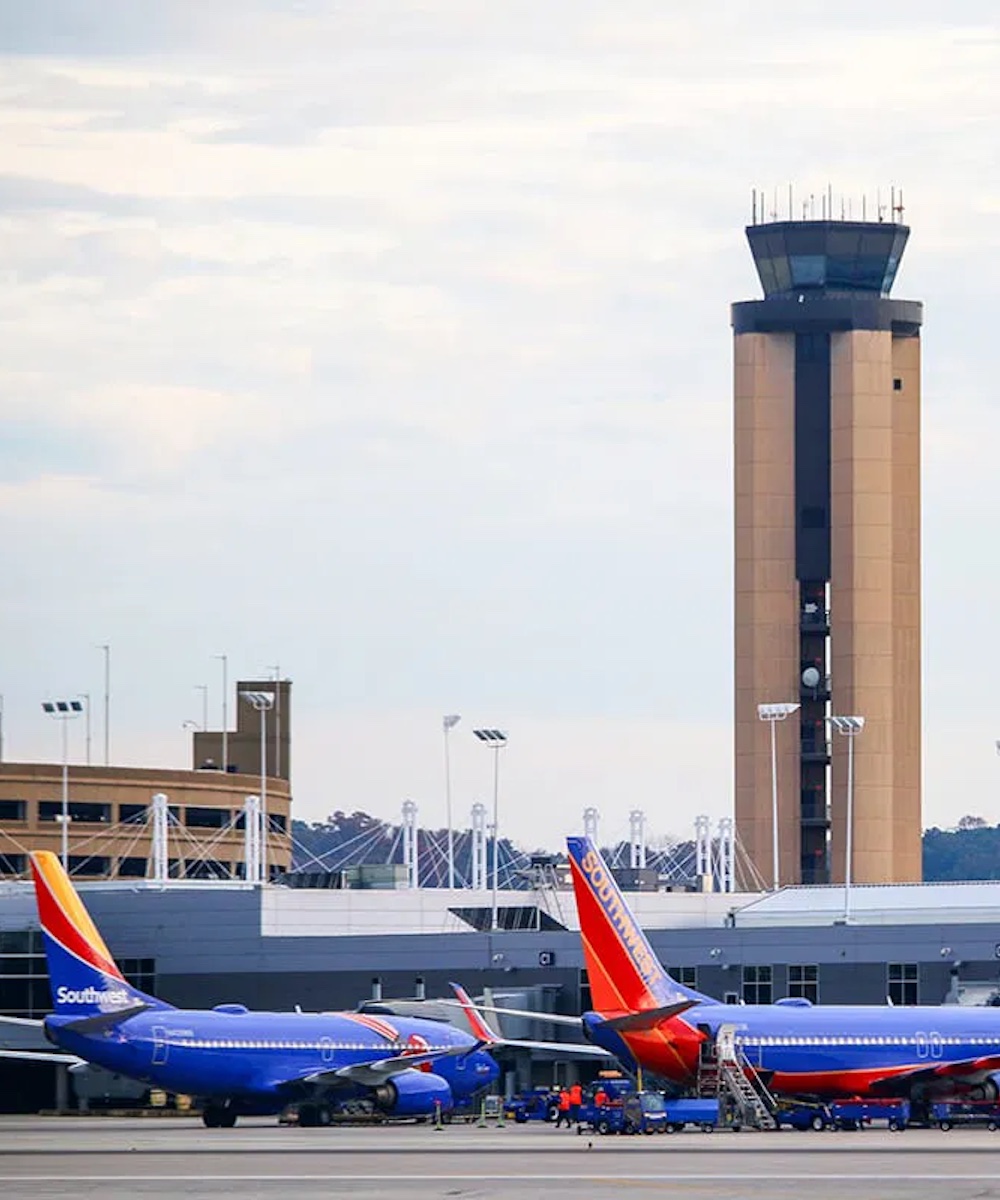
Air
Commercial passengers are served by four major commercial airlines and several commuter airlines through seven airports. International flights are easily accessible via direct flights from major connecting cities. Five airports provide air cargo service. These airports have designated Foreign Trade Zones for the promotion of international commerce. Alabama is also located between two of the country’s largest air cargo centers – Memphis and Atlanta.
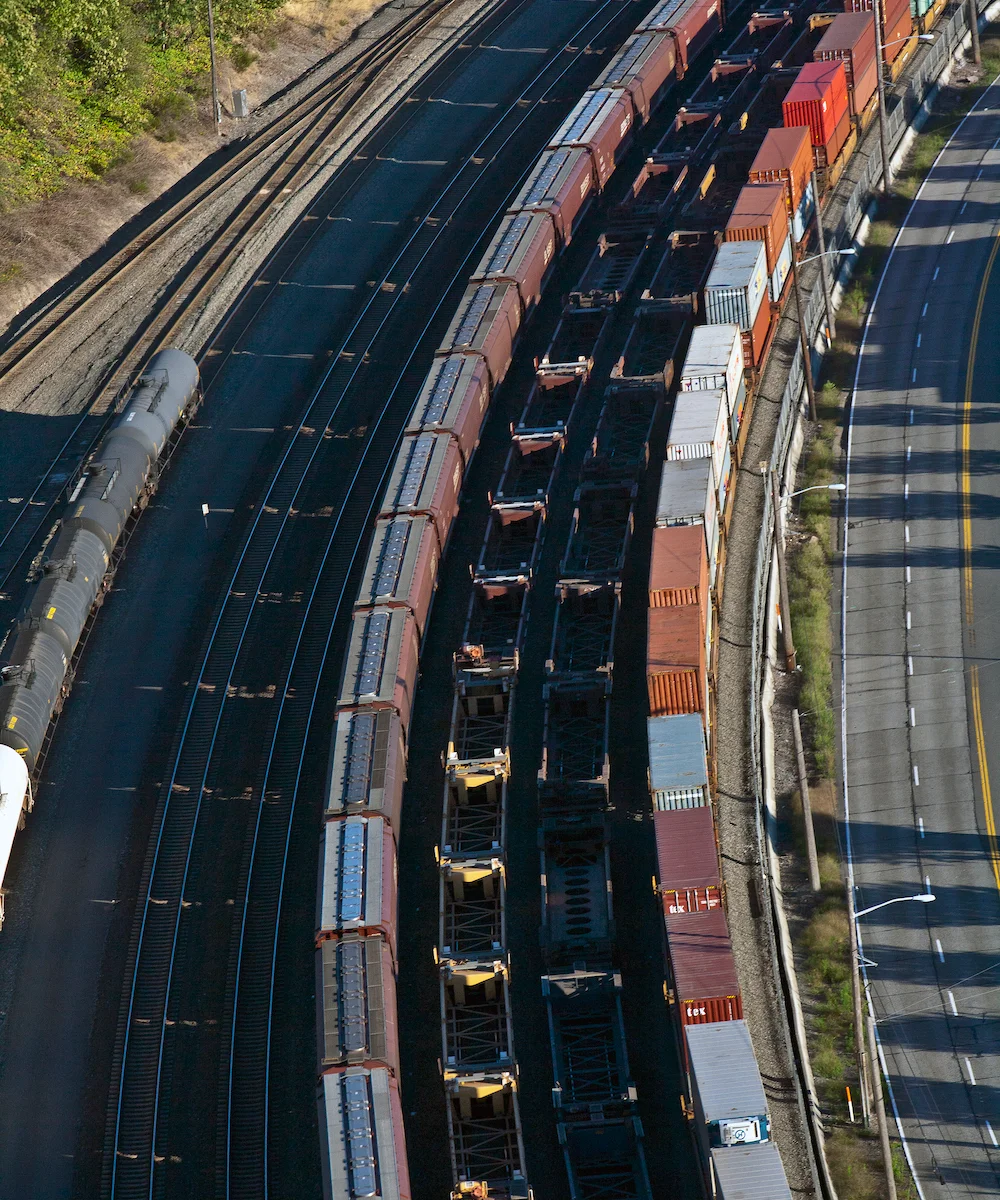
Rail
Alabama’s extensive rail system carries cargo over 3,700 miles (over 5,900 km) of track. The Port of Mobile operates its own terminal railroad and provides immediate access to five Class 1 railroads and four short-line railroads.
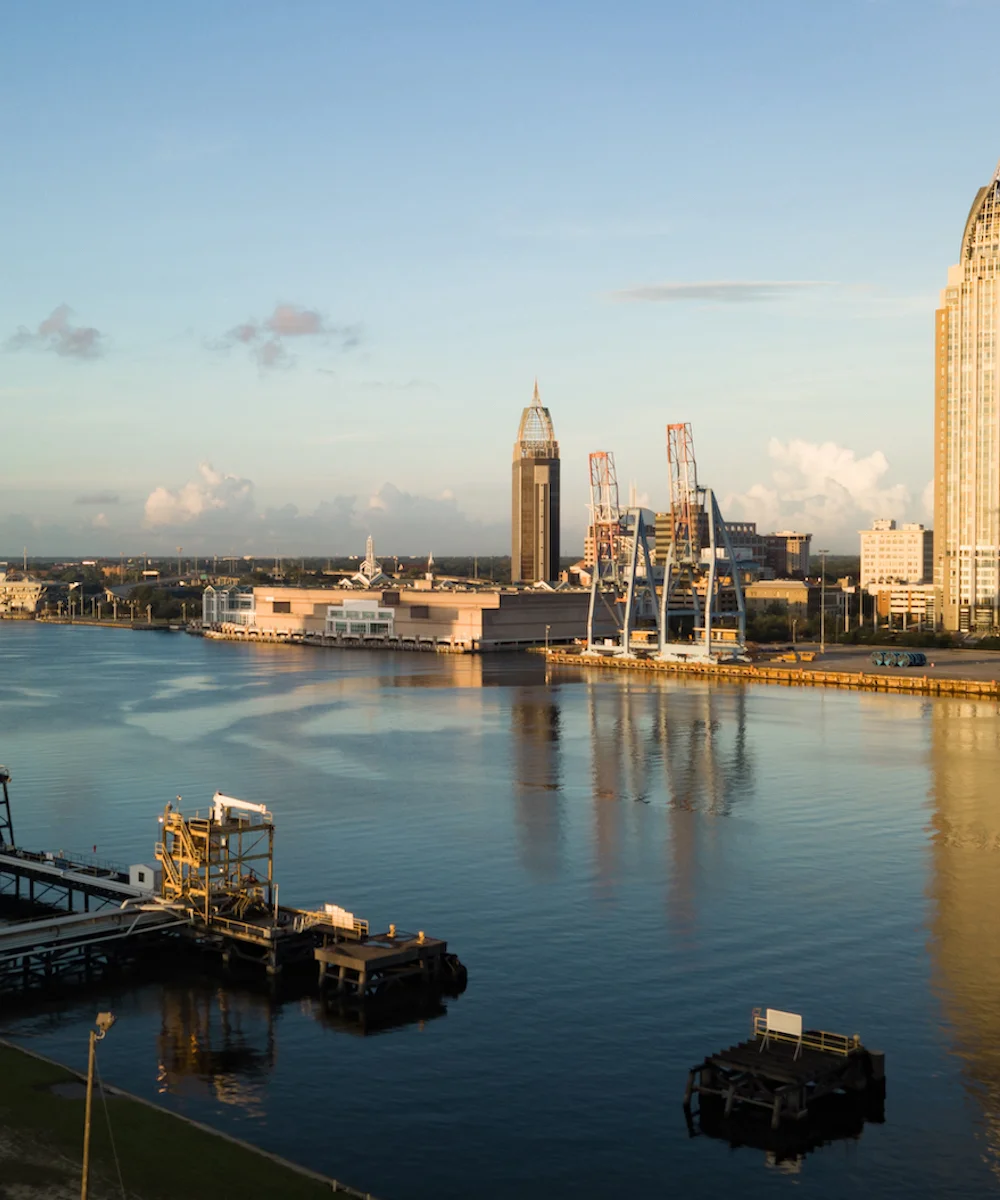
Water
Inland waterways & deepwater seaport
Alabama’s water corridors connect to more than 15,000 miles (24,000 km) of inland waterways in 23 states. Offering multimodal connectivity, The Port of Mobile is one of the most efficient and accessible ports in the country.
Roads
I-10, I-20, I-59, I-85, I-65, and I-22 form a highway network in Alabama, allowing easy access to major markets.
Air
Commercial passengers are served by four major commercial airlines and several commuter airlines through seven airports. International flights are easily accessible via direct flights from major connecting cities. Five airports provide air cargo service. These airports have designated Foreign Trade Zones for the promotion of international commerce. Alabama is also located between two of the country’s largest air cargo centers – Memphis and Atlanta.
Rail
Alabama’s extensive rail system carries cargo over 3,700 miles (over 5,900 km) of track. The Port of Mobile operates its own terminal railroad and provides immediate access to five Class 1 railroads and four short-line railroads.
Water
Inland waterways & deepwater seaport
Alabama’s water corridors connect to more than 15,000 miles (24,000 km) of inland waterways in 23 states. Offering multimodal connectivity, The Port of Mobile is one of the most efficient and accessible ports in the country.

